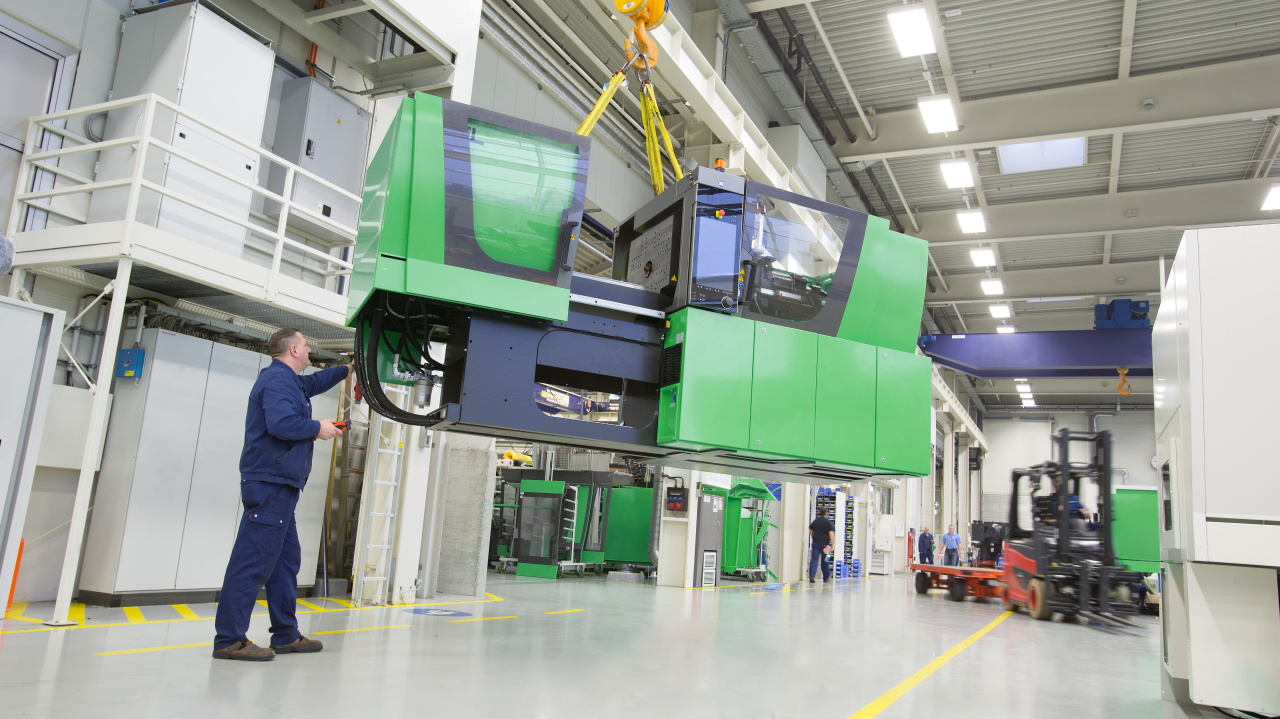In the ever-changing world of manufacturing finance, the idea of Pay-per-Use Equipment Finance is emerging as an unifying force, changing traditional models and providing unprecedented flexibility to companies. Linxfour has been in the forefront of this transformation using Industrial IoT in order to bring a completely new style of finance that benefits both operators and manufacturers of equipment. We look into the intricacies of Pay per Use financing, the impact it has on sales during difficult times and the way it can transform accounting practices by shifting the focus from CAPEX to OPEX, unlocking off the balance sheet treatment that is required under IFRS16.
Pay-per Use Financing: It’s powerful
In the end, Pay per Use financing for manufacturing equipment is a game-changer. Instead of fixed, rigid payments, companies pay based on the actual use of their equipment. Linxfour’s Industrial IoT integrate ensures accurate usage tracking and provides transparency. It eliminates any costly penalties hidden in the event that equipment is not utilized to its maximum. This revolutionary approach improves flexibility in cash flow management and is especially important in times of fluctuating demand for customers and low revenue.
The impact on sales and business conditions
There is a general consensus that Pay per use financing is a great option. A staggering 94% think that this type of financing can increase sales even in tough economic times. The ability to link costs directly with the use of equipment will not only draw the attention of businesses trying to optimize spending but also can result in a win-win solution for the manufacturer, who is able to provide more appealing finance options to their customers.
Shifting from CAPEX to OPEX: Transformation of Accounting
Accounting is a key distinction between traditional leases and Pay-per-Use financing. Businesses undergo a radical transformation when they change from capital expenditures (CAPEX) in order to operate costs (OPEX) through Pay Per use. This has major implications for financial reporting providing a more accurate reflection of the cost that are associated with revenue production.
Unlocking Off-Balance Sheet Treatment under IFRS16
The introduction of Pay-per use financing is also a major advantage with regard to off-balance sheet treatment which is a crucial aspect under the International Financial Reporting Standard 16 (IFRS16). Businesses can eliminate these liabilities by converting the costs of financing equipment. This not only reduces financial leverage but also lowers the obstacles to investing this makes it an attractive choice for businesses that want flexible financial structures.
Enhancing KPIs in the event of Under-Use
Pay-per-Use model, as well as being a part of the balance sheet, also contribute to improving key performance metrics (KPIs) like cash flow free and Total Cost Ownership (TCO) especially when the equipment is under-utilized. Leasing models that are based on traditional methods can pose problems when equipment is not used as planned. With Pay-per-Use, companies are no longer burdened with fixed payments for underutilized assets which can improve their financial performance as well as increasing overall efficiency. See more at IFRS16
The Future of Manufacturing Finance
Innovative financing strategies like Pay-per-Use help businesses navigate an economy that is constantly changing. They also open the way for a future more flexible and resilient. Linxfour’s Industrial IoT-driven approach will not only benefit the bottom line for equipment owners and manufacturers but also aligns with the general trend of companies seeking innovative and sustainable financial solutions.
As a result, Pay-per-Use as well as the change in accounting from CAPEX (capital expenditure) to OPEX (operating expenses) and the off-balance sheet method of IFRS16 mark a significant development in manufacturing financing. As companies strive to achieve the highest level of financial efficiency, cost-efficiency and higher KPIs, adopting this innovative financing model is a crucial step in staying ahead in the constantly changing manufacturing environment.
